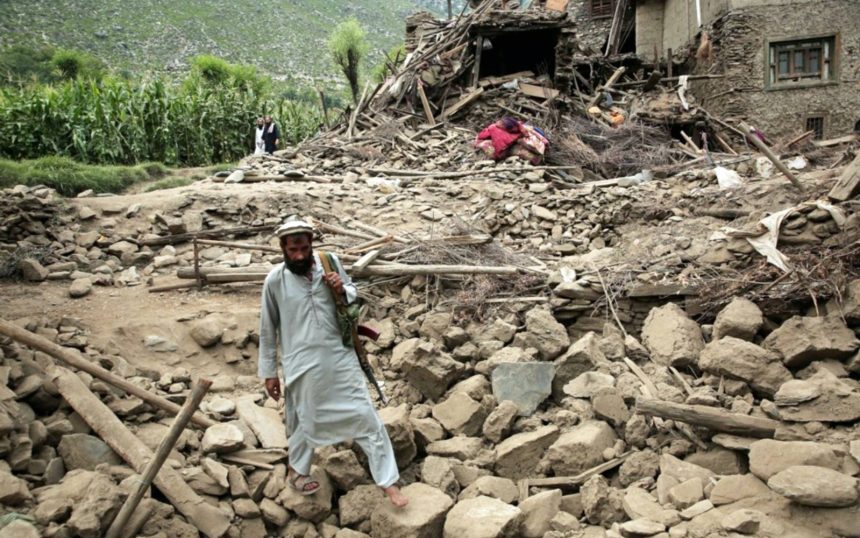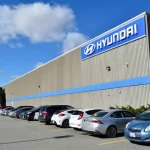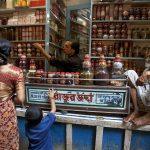Devastation in Eastern Afghanistan
A powerful 6.0-magnitude earthquake struck eastern Afghanistan late on Sunday, claiming more than 1,400 lives and injuring over 3,000 people, according to Taliban officials. The hardest-hit areas include Kunar province, with neighboring Nangarhar and Laghman also badly affected.
Villages Flattened, Rescue Efforts Hampered
Entire villages, particularly in Kunar’s Nurgal district, have been destroyed, leaving survivors trapped in rubble. Mud-brick homes collapsed, often burying residents alive. Rescue teams face formidable barriers—blocked roads, rugged mountainous terrain, heavy rain, and landslides—slowing aid delivery and evacuation.
A Race Against Time
Authorities and aid agencies warn that casualty figures are likely to climb as more inaccessible areas are reached. The United Nations describes the operation as a “race against time” to find survivors. The Taliban’s National Disaster Management Authority anticipates rising fatalities as responders reach remote locales.
Taliban Appeals to the World for Help
Facing an overstretched system and dwindling funding, the Taliban government has issued a critical plea for international humanitarian assistance.The Washington Post Aid organizations, including the World Food Programme, warn that existing local stockpiles will run out within a week absent new replenishment.
Aid Offers and Political Constraints
Countries such as Iran, Pakistan, and China have pledged support. The United Kingdom announced emergency funding but emphasized it will be delivered through neutral agencies to ensure it reaches those in need—not the Taliban administration.The Washington Post+1 Conversely, the United States has so far offered condolences only, citing concerns over the Taliban’s role in the regime.
Pre-Existing Strain: A Fragile Relief Infrastructure
Humanitarian efforts are being conducted against a backdrop of deep financial strain. Since the Taliban takeover in 2021, foreign funding has plummeted, dramatically limiting the capacity of hospitals, clinics, and aid agencies. The World Food Programme now serves only a fraction of those in urgent need.
Looking Ahead: Humanitarian Catastrophe Looms
Without swift and scaled-up aid, tens of thousands may face displacement, food shortages, and disease risks. Worshiping communities in remote valleys are isolated, requiring urgent medical, food, and shelter support. The unfolding tragedy underscores the urgent need for a coordinated humanitarian response—one that must navigate political sensitivities to prioritize human life.











